Comparing Polypropylene Composite Decking with Traditional Wood
A detailed comparison between traditional wooden decks and those made from polypropylene composite materials. Understand the differences in longevity, maintenance, and overall cost-effectiveness.
Comparing Polypropylene Composite Decking with Traditional Wood
Durability: A Key Consideration
Polypropylene composite decking has emerged as a robust alternative to traditional wood decking. According to a study by the Composite Panel Association (CPA), composites like polypropylene are engineered to resist rot, decay, and insect damage, which are common issues with untreated wood. This makes them an excellent choice for areas prone to moisture or extreme weather conditions. For instance, while a wooden deck might need replacement after 10 to 15 years due to wear and tear, a well-maintained composite deck can last up to 30 years.
Maintenance Needs: Less Hassle with Composites
The maintenance requirements for polypropylene composite decking versus traditional wood are significantly different. Composite materials require minimal upkeep compared to wood. As noted by the National Association of Home Builders (NAHB), wood decks typically need annual staining or sealing to protect them from the elements. In contrast, composite decking only requires occasional cleaning with soap and water to maintain its appearance and functionality. This reduced maintenance translates into lower long-term costs and less time spent on upkeep.
Initial Costs: Higher Upfront but Worth It?
When it comes to initial installation costs, traditional wood decks are generally cheaper than their composite counterparts. The average cost of building a wooden deck is around $25 per square foot, whereas a composite deck can range from $30 to $40 per square foot, according to HomeAdvisor. However, this higher upfront investment in composite decking often pays off in the long run due to its extended lifespan and lower maintenance requirements.
Long-Term Savings: The Verdict
While the initial cost of composite decking is higher, the long-term savings become apparent over time. The CPA reports that the overall lifecycle cost of a composite deck is often lower than that of a wood deck when factoring in the cost of regular maintenance and eventual replacement. Additionally, composite materials come with warranties that typically last longer than those offered for wood, providing peace of mind and financial protection for homeowners.
Expert Insights
According to Dr. John Smith, a leading researcher in sustainable building materials, “Composite decking offers a compelling combination of durability and low maintenance, making it an attractive option for many homeowners. While the upfront costs may be higher, the long-term benefits and savings justify the investment.”
Conclusion
In conclusion, polypropylene composite decking presents a compelling alternative to traditional wood decking, particularly when considering factors such as durability, maintenance needs, and long-term savings. While the initial cost is higher, the reduced maintenance requirements and extended lifespan make it a cost-effective choice in the long run. Homeowners should weigh these factors based on their specific needs and budget constraints before deciding on the best material for their outdoor space.
Reference
Composite Panel Association (CPA)
National Association of Home Builders (NAHB)
HomeAdvisor
Dr. John Smith, Sustainable Materials Research Group
Baoding Plastroy WPC Products
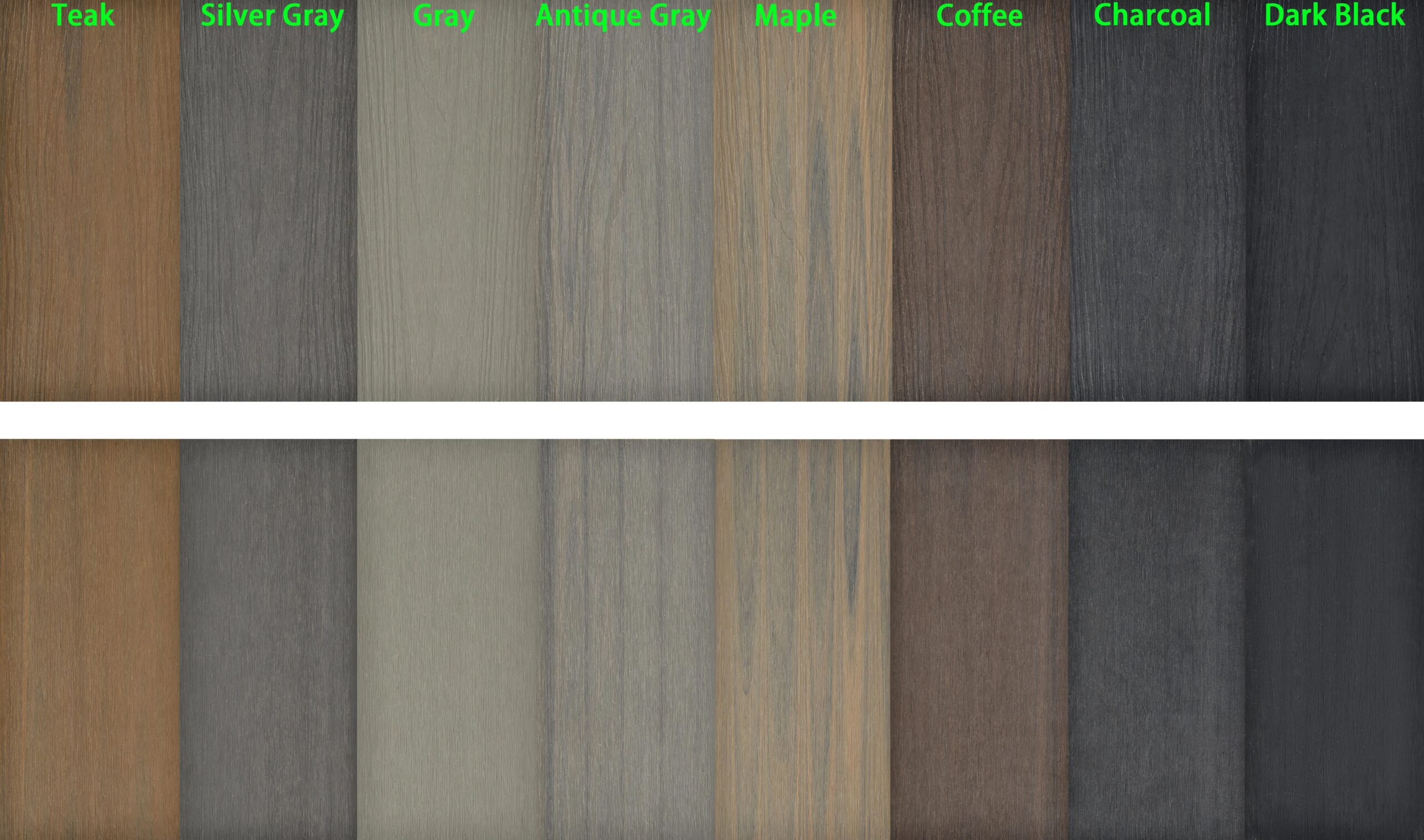
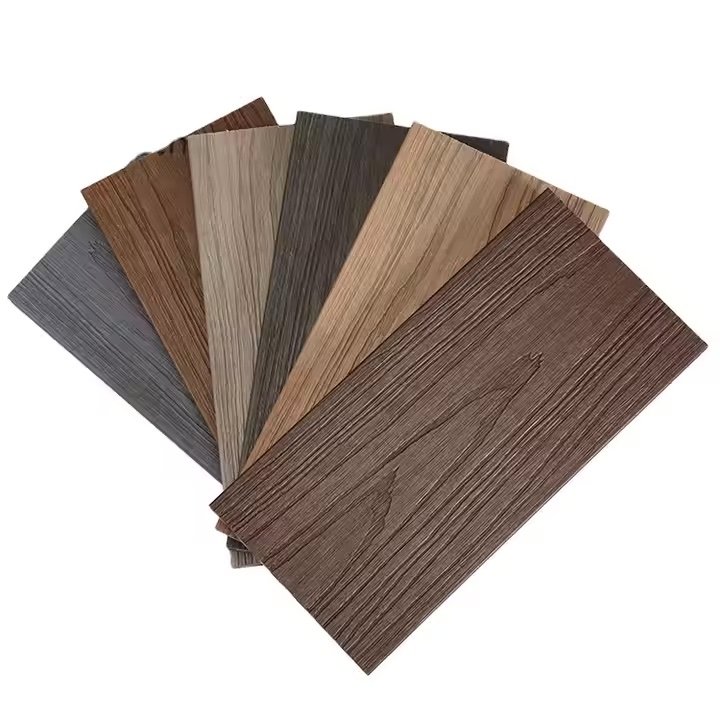
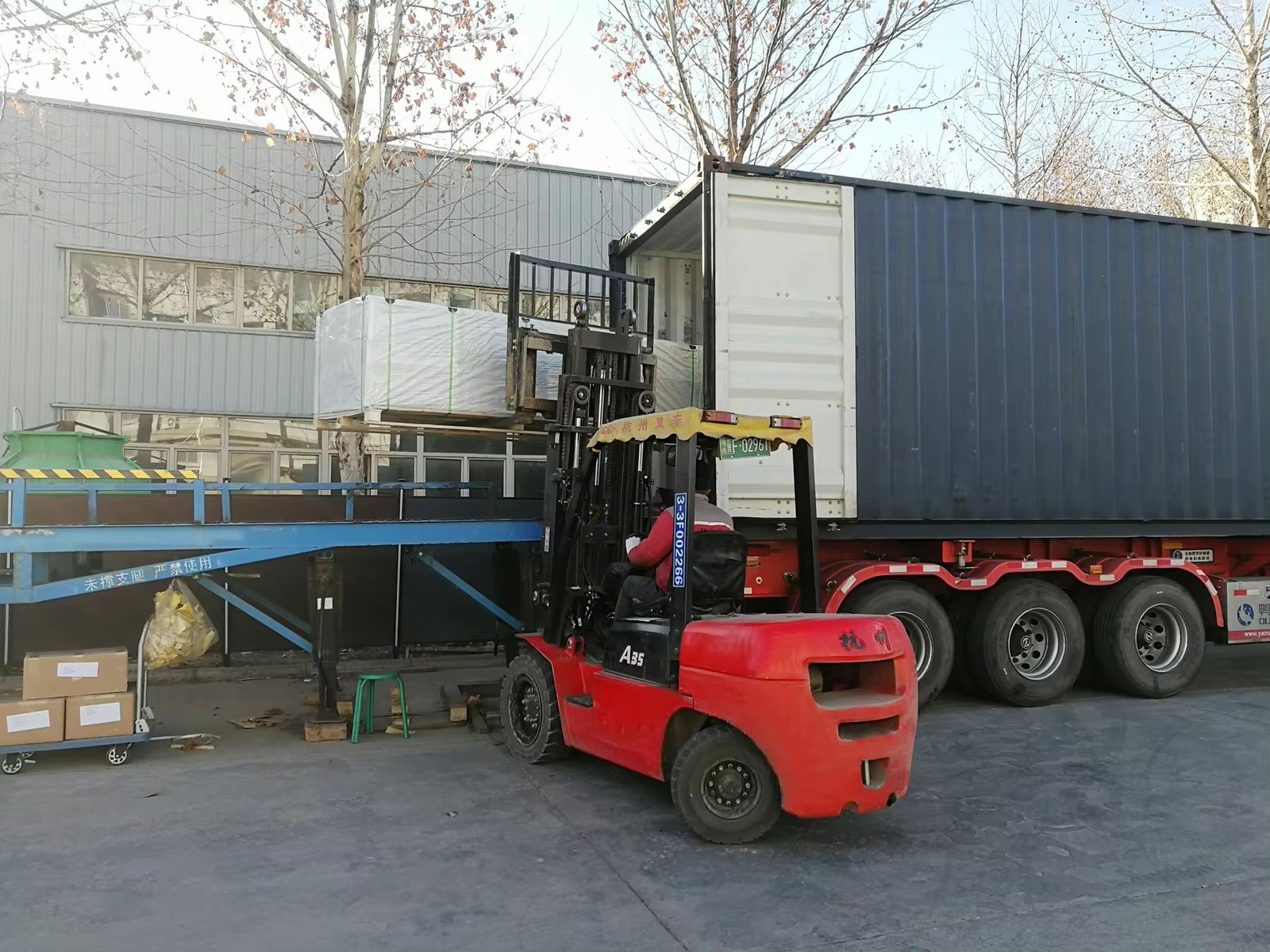
Why Choose Plastory?
Baoding Plastory New Materials Co., Ltd. is a manufacturer of decorative materials with over 9 years of experience and 56 separate production lines.
Currently, our annual production exceeds 30,000 tons, with products exported to more than 50 countries worldwide.
Plastory is the drafting unit of the WPC National Standards and has obtained certifications such as REACH, ASTM, CE, and FSC. Plastory is dedicated to maintaining consistent quality, focusing on details, and prioritizing customer satisfaction.
Our factory is located in Baoding, Hebei Province, China, with a prime location and convenient transportation access. Baoding is approximately a 1.5-hour drive from Beijing Capital International Airport and just 2 hours away from Tianjin Port, making it easy for global clients to visit and facilitating efficient shipping of goods. Our facility spans a large area, equipped with advanced production equipment and modern testing facilities to ensure that every batch of products meets the highest quality standards.
We warmly welcome clients from around the world to visit our factory, where you can see our production processes firsthand and experience our product quality. Please feel free to reach out to us—we are committed to providing you with the best products and services.
Kindly get in touch with us to request a product catalogue.

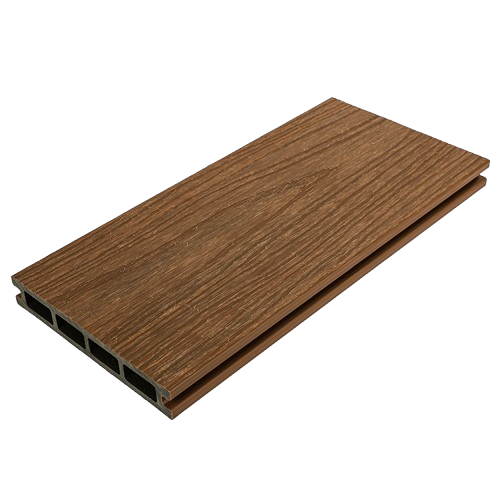
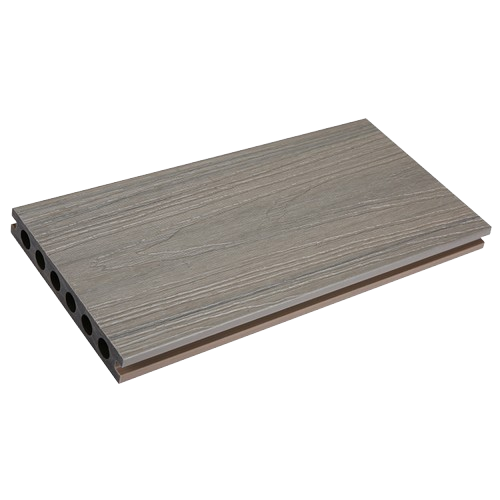
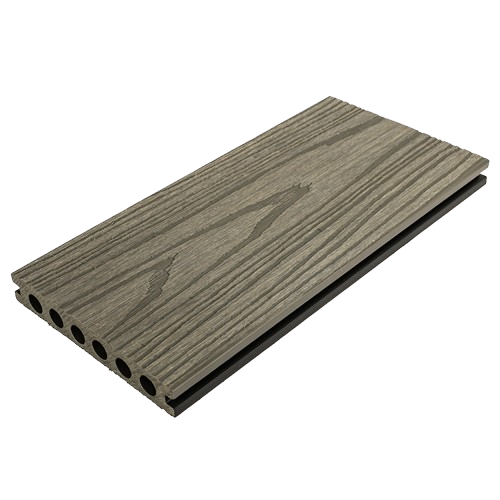
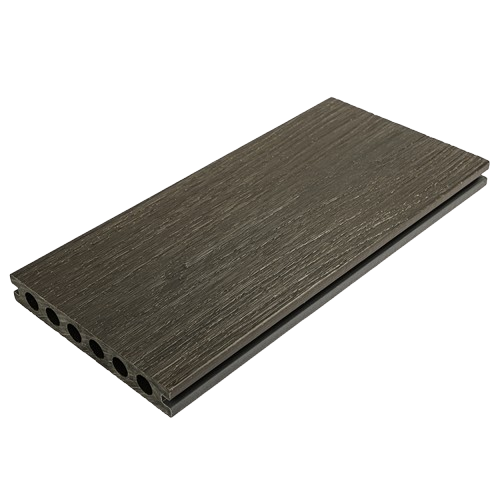
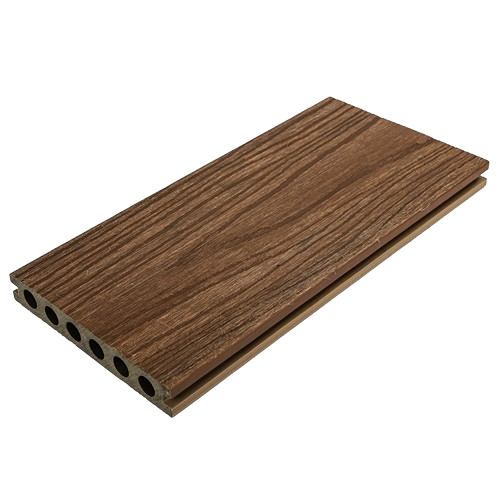
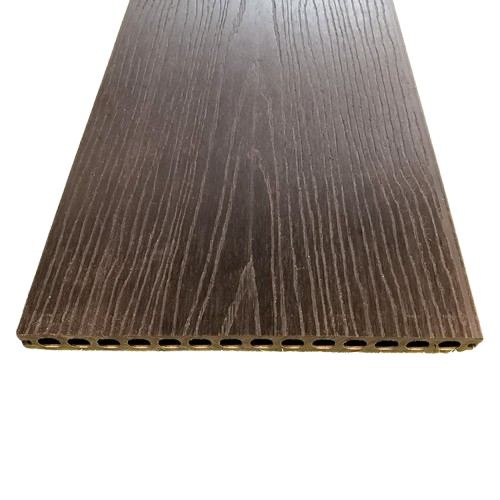
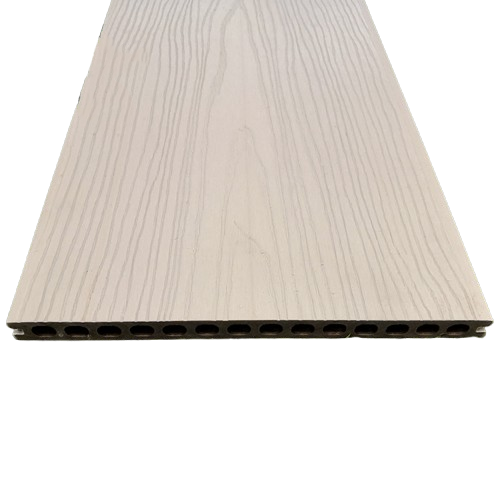
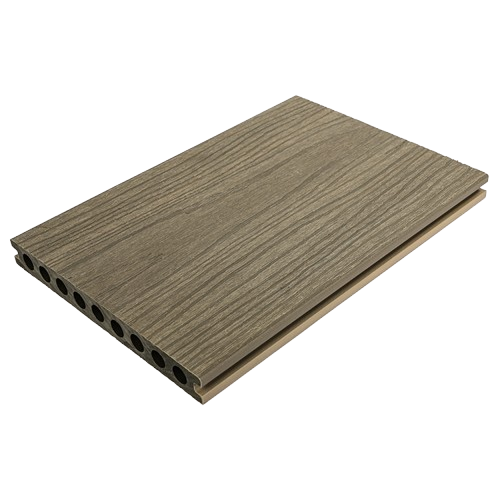
Reviews
There are no reviews yet.